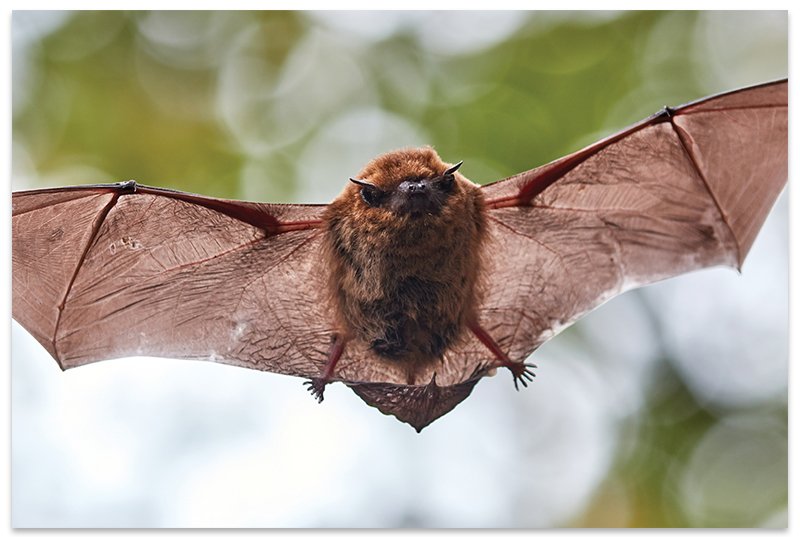Little Brown Bat - Myotis lucifugus
Little Brown Bat - Myotis lucifugus: A once-prevalent mountain population plummets
- Widespread across the nation, little brown bats once had numbers into the millions. Today, the population has been devastated by a fungal disease known as white-nose syndrome, with population loss of over 90 percent in WNC.
- In North Carolina, little brown bats are found primarily in the mountain
- They weigh from 7 to 14 grams and are identifiable by their glossy brown or bronze fur.
- Female little brown bats, which are larger than males, form large colonies in the summer months and roost anywhere from trees to man-made buildings.
- Often found near water during summer, their diet consists largely of aquatic insects like mosquitoes and caddisflies.
- During peak feeding, just one little brown bat can catch over 1,000 insects in an hour.
- Of the seventeen bat species in North Carolina, little brown bats are one of three most impacted by white-nose syndrome. White-nose syndrome was first seen in Avery County in 2011 and has since spread to a number of other WNC counties. The white fungus has no impact on humans or their pets, but can be fatal for bats.
- Report your sighting of sick bats to wildlife.health@ncwildlife.org.
